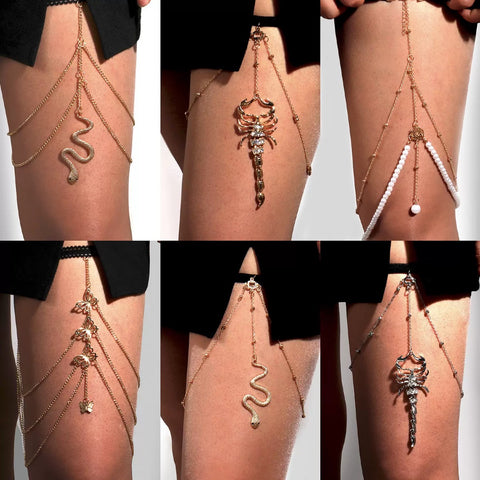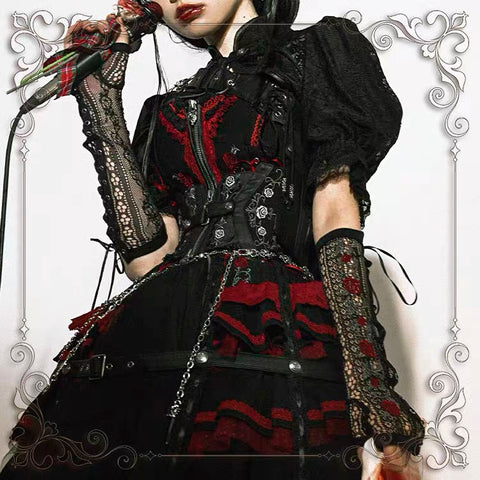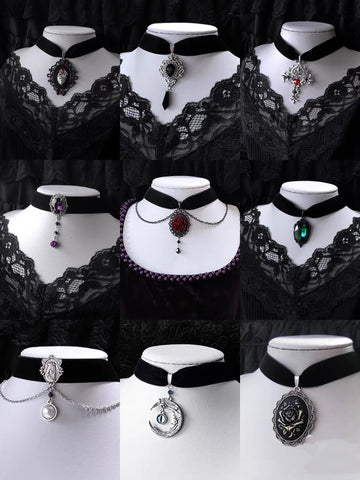The term "Gothic style" refers to a particular architectural and artistic style that emerged in Europe during the Middle Ages. It originated in the 12th century and continued to develop until the 16th century. The Gothic style is characterized by its distinctive features in architecture, sculpture, and other art forms.
Gothic architecture is perhaps the most prominent aspect of the Gothic style. It is characterized by pointed arches, ribbed vaults, and flying buttresses. These architectural elements allowed for greater height and spaciousness in buildings, creating an ethereal and grandiose atmosphere. Gothic cathedrals, such as Notre-Dame de Paris and Chartres Cathedral, exemplify this architectural style.

In addition to architecture, the Gothic style influenced other art forms, including sculpture, painting, stained glass, and manuscript illumination. Sculptures often depicted religious figures and scenes with intricate details and naturalistic proportions. Painting and stained glass emphasized vibrant colors and intricate storytelling. Manuscript illumination involved the decoration of religious texts with ornate and intricate illustrations.

Gothic style also influenced other areas of culture, including literature, music, and fashion. In literature, Gothic novels were characterized by elements of mystery, horror, and the supernatural. Gothic music often featured dark and dramatic compositions. In fashion, Gothic style is associated with dark clothing, lace, corsets, and a sense of romanticism.
Overall, the Gothic style is known for its grandeur, intricate detailing, verticality, and a sense of awe-inspiring beauty. It played a significant role in the cultural and artistic development of Europe during the Middle Ages and continues to inspire and influence various art forms to this day.

Here are some additional details about the Gothic style:
-
Origins and Spread: The Gothic style originated in the Île-de-France region of France in the 12th century and gradually spread throughout Europe. It was closely associated with the rise of Gothic architecture and was primarily used in the construction of cathedrals, churches, and monastic buildings.
-
Pointed Arches and Ribbed Vaults: One of the key architectural elements of the Gothic style is the pointed arch. These arches replaced the rounded arches of the preceding Romanesque style. Pointed arches provided a more efficient distribution of weight and allowed for taller and more expansive structures. Ribbed vaults, another characteristic feature, enabled the construction of large, open interiors and added visual interest.
-
Flying Buttresses: Gothic buildings often featured flying buttresses, which were external arched supports that countered the outward thrust of the tall, thin walls. By transferring the weight of the roof and upper walls to the buttresses, the structural integrity of the building was enhanced. Flying buttresses also became decorative elements and were often adorned with intricate carvings.
-
Ornate Decoration: Gothic architecture placed great emphasis on intricate and ornate detailing. Stone carvings adorned facades, doorways, and interior spaces, depicting biblical scenes, saints, and mythical creatures. Gargoyles, sculpted creatures with water-spouts, were a common feature on the exteriors of Gothic buildings.
-
Stained Glass: One of the most captivating aspects of the Gothic style is the extensive use of stained glass windows. These windows depicted religious narratives and allowed colorful light to filter into the interiors, creating a mystical and spiritual atmosphere. The development of new techniques allowed for larger and more complex stained glass compositions.
-
Regional Variations: Gothic architecture evolved differently in various regions, resulting in distinct regional styles. For example, the French Gothic style (also known as Rayonnant) featured elaborate rose windows and more delicate tracery. The English Gothic style (also known as Perpendicular) emphasized verticality and had large windows with intricate paneling.
-
Revival and Influence: The Gothic style experienced a revival in the 19th century, known as the Gothic Revival or Neo-Gothic movement. This revival was influenced by a romantic fascination with the Middle Ages and led to the construction of numerous Gothic-inspired buildings, such as the Palace of Westminster in London.
The Gothic style continues to inspire contemporary architecture, art, and design. Its striking aesthetic, technical innovations, and profound cultural significance have left a lasting impact on the artistic heritage of Europe and beyond.


